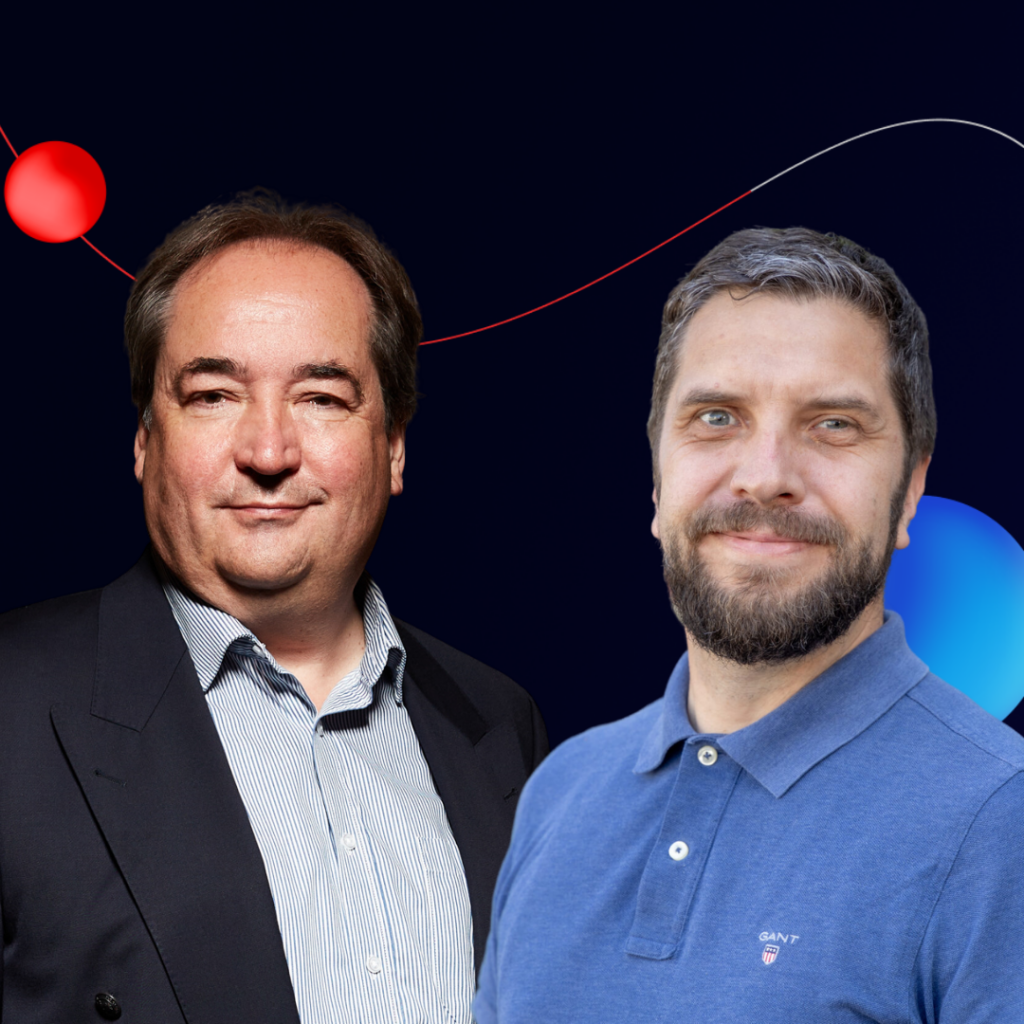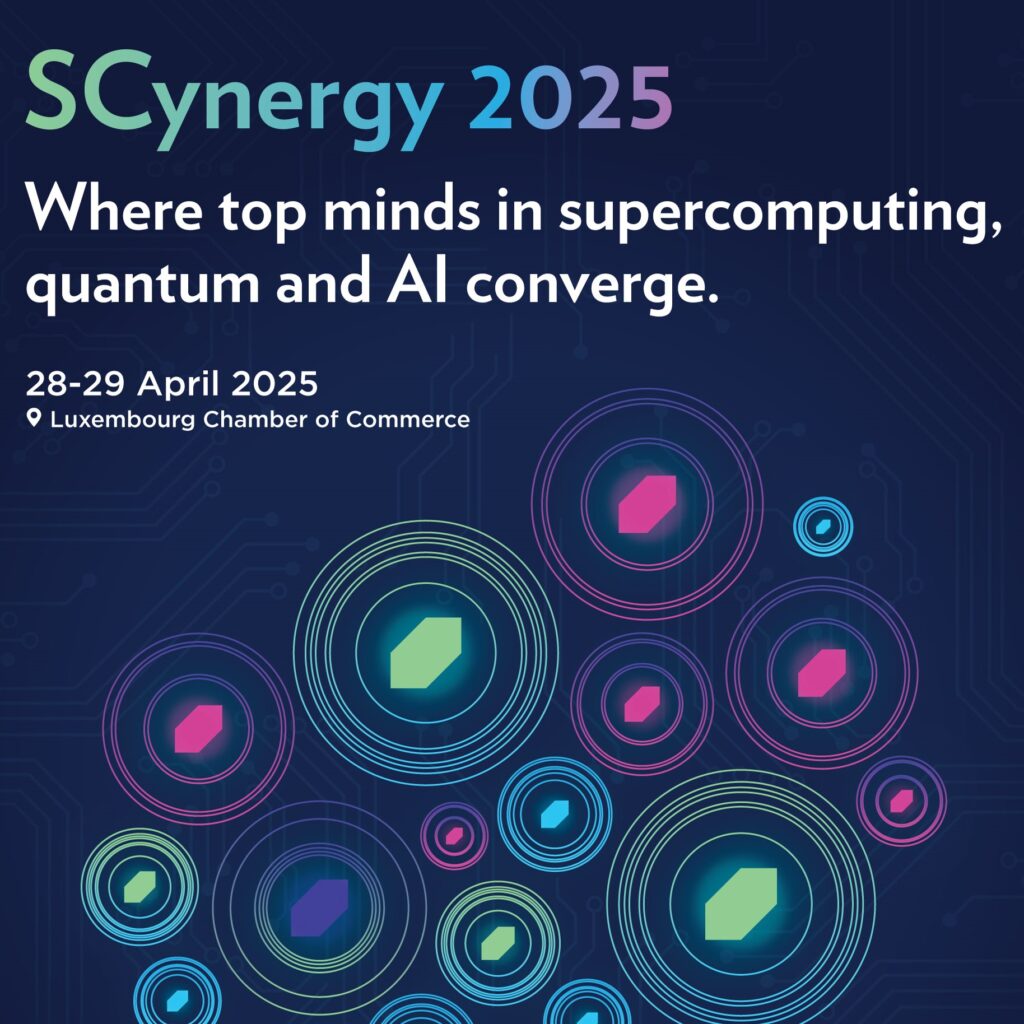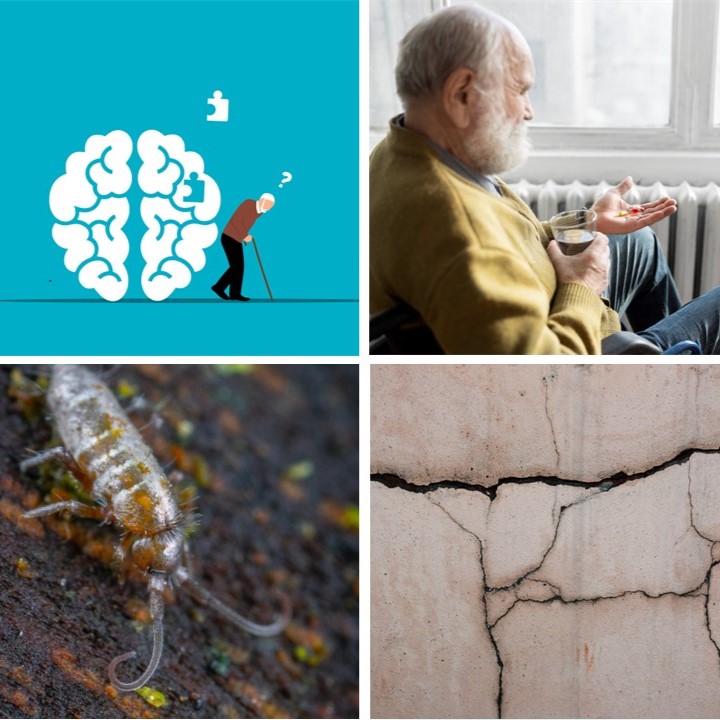10 selected Research Luxembourg results – December 2024
08 January 2025
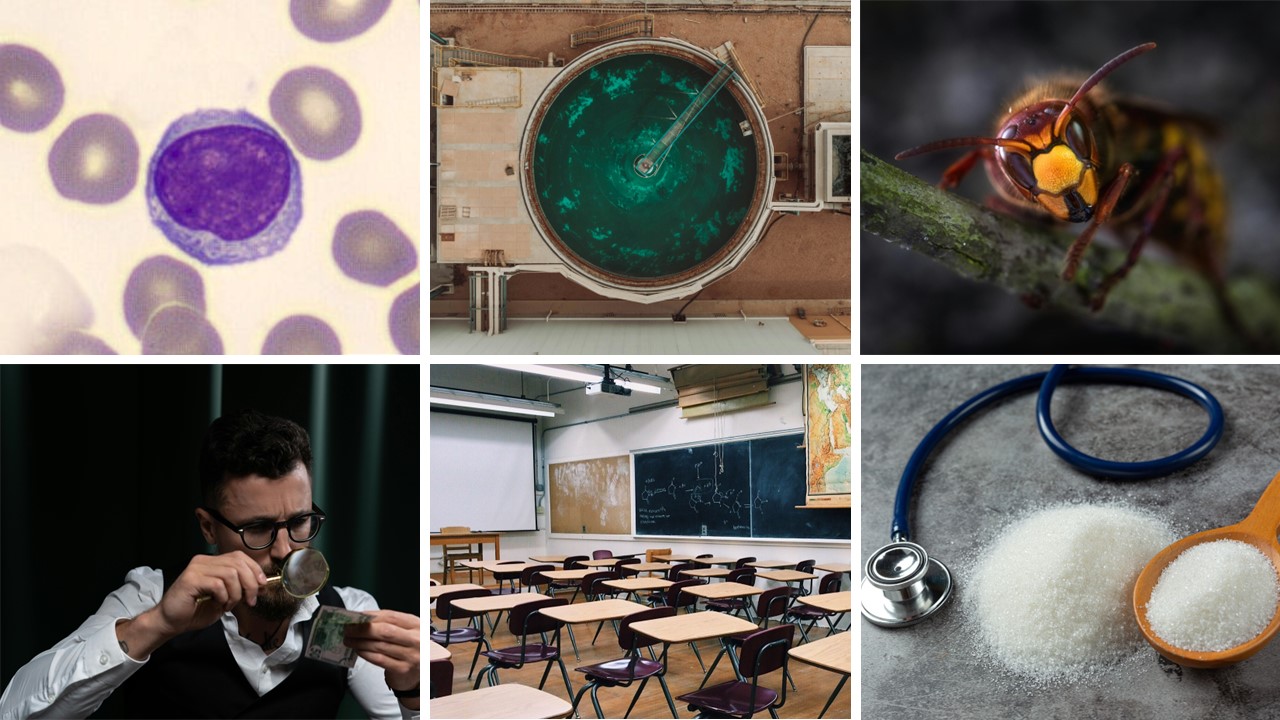
Luxembourg News in Science & Research
An app that detects counterfeits; a first quantum connection between neighbouring countries; the potential of regulatory T cells; a new algorithm that detects type 2 diabetes through voice analysis: here are the latest scientific news from Luxembourg.
Flickr; Pexels; Freepik; Pixabay
This article was originally in French and German on science.lu
An App Now Detects Counterfeit Goods
Interdisciplinary Centre for Security, Reliability and Trust (SnT), University of Luxembourg / NIRWatchdog
How can you tell if what you’re buying is actually counterfeit? In response to the surge of counterfeit products, a spin-off from the SnT at the University of Luxembourg called NIR Watchdog offers an innovative solution: a mobile app that instantly authenticates products by comparing scanned data with the manufacturer’s specifications. The app uses near-infrared scanning technology, allowing products to be scanned with a smartphone.
The major advantage: Consumers and manufacturers no longer need to send suspected counterfeit products to laboratories for lengthy analyses. The scanned data is compared to the original manufacturer’s specifications and secured via blockchain. This enables legal action against counterfeiters, with the scanned data serving as evidence in court.
The company is also exploring new applications, such as a tool to help law enforcement identify illegal drugs at crime scenes.
A First Quantum Connection Established Between Luxembourg and Belgium
Interdisciplinary Centre for Security, Reliability and Trust (SnT), University of Luxembourg
How can we effectively guard against quantum cyberattacks? The University of Luxembourg is working on creating a resilient, interconnected European network resistant to quantum threats using a secure method known as Quantum Key Distribution (QKD). This advanced technique leverages quantum mechanics to generate theoretically unbreakable encryption keys—a sequence of data used in algorithms to protect information.
Researchers at the SnT have achieved a significant milestone: they established a QKD connection between Luxembourg and Belgium. The project faced numerous challenges, including finding a partner located close to the university, as each kilometer of optical fiber increases the risk of losing quantum particles carrying the encryption information.
The QKD connection was successfully established on October 17, 2024. Since then, SnT and Belnet (Belgium’s national research and education network) have been successfully exchanging encryption keys. This marks a major breakthrough, as QKD is an extremely sensitive method of communication.
To the press release / To the publication
Study Reveals How Immunotherapy Cures Insect Venom Allergies
Luxembourg Institute of Health (LIH)
An international team of researchers, including scientists from the Luxembourg Institute of Health (LIH), has uncovered the immune mechanisms behind the remarkable success of insect venom immunotherapy, which achieves clinical cure rates exceeding 90-95%. Their work highlights the key role of IL-6, a molecule typically associated with inflammation, which may be crucial in restoring immune tolerance.
This is the most in-depth and comprehensive analysis ever conducted on patients with insect sting allergies. The study identified early molecular and cellular changes as soon as eight hours after the first administration of immunotherapy, paving the way for curative immune tolerance.
The researchers’ findings provide ground-breaking insights that could revolutionize allergy treatment and improve outcomes for millions of people suffering from chronic immune disorders. in women suggest areas where targeted interventions, such as anti-smoking campaigns, are needed.
To the press release / To the publication
MicrObs: A New Platform for Monitoring Infectious Agents in Wastewater
Luxembourg Institute of Science and Technology (LIST)
MicrObs – www.microbs.lu – is a new platform designed to track the epidemic progression of infectious diseases in Luxembourg. How? By detecting traces of pathogens (specifically, various viruses) in the country’s wastewater.
Through the analysis of samples collected from multiple wastewater treatment plants across Luxembourg, researchers at LIST identify fragments of viral RNA or DNA. These data not only confirm the presence of pathogens but also estimate their concentration. Designed to be accessible to everyone, the MicrObs platform presents this information in educational summaries and simplified visualizations. Supported by the Water Management Administration and the Health Directorate, LIST provides a clear, interactive overview of the evolution of various pathogens over time and across locations.
This approach complements traditional epidemiological monitoring tools. It enables surveillance of the health status of populations connected to sewage systems, including asymptomatic individuals. The value of this method was demonstrated during the COVID-19 pandemic.
Scientific Advances Shape Our World but Face Many Challenges
A new book titled Global Mega-Science: Universities, Research Collaborations, and Knowledge Production, edited by Professors Justin J.W. Powell from the University of Luxembourg and David P. Baker from Penn State University, examines how global scientific research is shaping our world. According to the press release, the findings are clear: scientific advancements not only drive breakthroughs in medicine, technology, and environmental sustainability but also influence policies that improve public health, education, and social well-being.
The “mega-science” discussed in the book refers to the exponential growth of scientific publications and large-scale scientific research projects, such as the Large Hadron Collider (CERN).
The book also addresses the current challenges facing science: the exponential increase in publications, funding shortages, multilingualism, public outreach, and more.
To the press release / To the publication
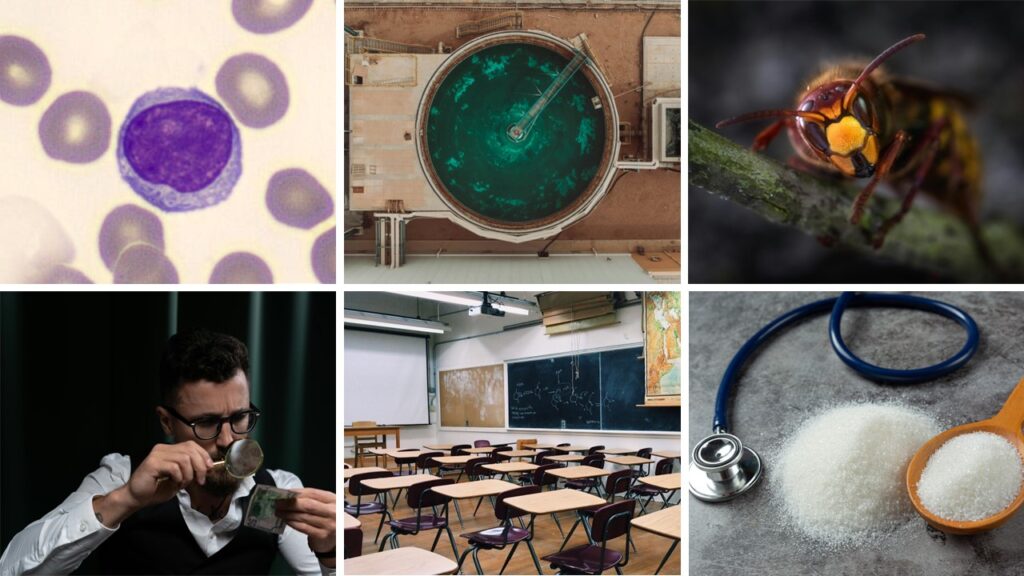
Regulatory T Cells: Allies in the Fight Against Autoimmune Diseases and Cancer
Luxembourg Institute of Health (LIH) / Luxembourg Centre for Systems Biomedicine, University of Luxembourg
A new publication explores recent advances in the study of Treg metabolism (regulatory T cells, a type of white blood cell crucial to the immune system) in relation to autoimmune diseases and the tumor microenvironment.
Regulatory T cells are essential for modulating autoimmune diseases and contribute to the suppression of the tumor microenvironment. Enhancing Treg metabolism holds promising therapeutic potential for alleviating inflammatory symptoms in autoimmune diseases. Conversely, inhibiting Treg metabolism may improve the effectiveness of traditional immunotherapy for cancer patients.
According to the authors, emerging technologies such as bioengineered bacteria or nanoparticles could enhance drug delivery to specific sites, thereby improving Treg modulation and their therapeutic potential.
Cryptographers Identify a Weakness in Ethereum’s Blockchain
Interdisciplinary Centre for Security, Reliability and Trust (SnT), University of Luxembourg
Cryptographers have uncovered a vulnerability in Ethereum’s Verifiable Delay Function (VDF), demonstrating that its supposedly fixed delay can be shortened—a discovery with significant implications for the blockchain industry.
Verifiable Delay Functions (VDFs) are a special type of mathematical function with a key feature: they require a minimum computation time, but their result can be easily verified by anyone. They are widely used in scenarios where ensuring a constant, tamper-proof computation delay is critical, such as in certain cryptographic or blockchain applications.
In simpler terms, researchers found that the computation time of the VDF could be reduced, meaning it is not constant, thereby raising concerns about the security of processes that rely on it.
To the press release / To the publication
A New Algorithm Detects Type 2 Diabetes Through Voice Analysis
Luxembourg Institute of Health (LIH)
The Deep Digital Phenotyping research unit at the Luxembourg Institute of Health (LIH) has developed an AI-based algorithm capable of detecting Type 2 diabetes (T2D) with high accuracy by analyzing voice patterns.
Using advanced machine learning techniques, researchers identified vocal biomarkers associated with T2D. The team analyzed voice recordings from over 600 participants in the United States. Their predictive accuracy was comparable to the widely used risk score established by the American Diabetes Association (ADA). Moreover, detection rates were even higher in key demographic groups, including women over 60 and individuals with hypertension.
By analysing subtle vocal changes, this non-invasive and cost-effective method could make diabetes screening accessible to millions, particularly in underserved communities.
To the press release | To the publication
Quantum Skyrmions: Particles with Properties Soon Accessible to Research
A team of researchers from the University of Luxembourg has developed a method to represent quantum skyrmions as individual particles with magnetic polarization, surrounded by a cloud of spin fluctuations. This representation enables the study of larger systems containing multiple skyrmions, paving the way to uncover new properties.
A skyrmion is a structure that appears in certain magnetic materials, characterized by a specific configuration of spins (the magnetic orientation of atoms) within a system. According to the press release, these dynamic entities could revolutionize the way we store and process information.
The researchers found that, compared to classical magnetic skyrmions, quantum skyrmions become blurred and exhibit quantum entanglement—an essential resource for quantum technologies that goes beyond the laws of classical physics. This new method of modeling quantum skyrmions is far more computationally efficient than standard quantum mechanical simulation approaches, allowing the numerical study of previously inaccessible properties, such as in larger systems containing many skyrmions.
To the press release | To the publication
Multilingualism, Social Inequalities, and Children with Special Needs: The Major Educational Challenges in Luxembourg
University of Luxembourg, LUCET / SCRIPT
What do we know about education in the Grand Duchy? In the 4th edition of the National Education Report, the authors observe a positive, yet insufficient, evolution, particularly in the areas of inclusion and social inequalities.
Published every three years since 2015, this report provides a broad overview of education research in the country. While multilingualism and social inequalities are recurring themes in each edition, diversity and inclusion are the focal points this year. The authors highlight gaps in the available data, especially concerning children with special needs: their exact number is unknown, and their specific needs are not being addressed.
Inclusion is not the only topic suffering from a lack of visibility. Although Luxembourg has a wealth of data on the public education system, transition periods (such as from secondary school to higher education or from the end of studies to entering the workforce) have also been underexplored.
To the press release | To the publication
Author: Diane Bertel
Editor: Lucie Zeches (FNR) ; Hélène Jacuszin (Research Luxembourg)

